This is one in a series of posts on the Fujifilm GFX 100S. You should be able to find all the posts about that camera in the Category List on the right sidebar, below the Articles widget. There’s a drop-down menu there that you can use to get to all the posts in this series; just look for “GFX 100S”.
There was some interest in the relative field curvature and corner sharpness of the Fujifilm 23 mm f/4 and the 30 mm f/3.5 lens is aerial and distant landscap[e situations, where the focus is usually in the center of the image, but the sharpness of the corners is important.
I ran a comparison test. Here’s the methodology.
- RRS carbon fiber legs
- C1 head
- Target distance 90 meters
- ISO 100
- Electronic shutter
- 2-second self timer
- f/4, f/5.6, and f/8
- 1/500, 1/250, 1/125 second
- Focus in center, make an exposure, reposition camera so that subject is in corner, make another exposure
- Do the above three times, pick the sharpest center image in post, and use the associated corner shot.
- Develop in Lightroom 10.2
- Sharpening amount 25, radius 1, detail 25
- Daylight white balance
- Same minor exposure adjustment applied to all images
- Rest of settings at default
I’ll show you some tight crops.
No matter what you do, these crops are all going to look horrible. I’m blowing them up so much so that they will represent the original file after JPEG’s discrete cosine transform has had its way with them. If you want to get a good idea of what the images would look like printed, get far away from your monitor. No, farther than that. Put a bunch of the images up on the screen and back up until the best one starts to look good. Then look at the others. There’s another reason why these images won’t look like the best thing the camera/lens combination can deliver. They’re demosaiced with Lightroom. Lightroom is not awful, but for a particular image, there are usually better raw processors. I use Lr because it’s a de facto standard, because I know it well, and because it’s got good tools for dealing with groups of images.
Here’s how to use these highly-magnified crops. The dimensions of the GFX 100 sensor is 11648×8736 pixels. If we make a full-frame print from the GFX 100S on a printer with 360 pixels per inch native driver-level resolution, like the Epson inkjet printers, we’ll end up with a 32.4×24.3 inch print. The 399×309 pixel crop you’re looking at will end up roughly 1.2×0.8 inches. Let’s imagine that you or your viewers are critical, and will look at the 32×24 inch print from about 24 inches (conventional wisdom is that the distance would be a little greater than that, or 40 inches (the diagonal), but you did buy a high-resolution camera for a reason, didn’t you?).
The next step is dependent on your monitor pitch, which you may or may not know. Turns out, you don’t have to know it. Just take the crops and view then at 1:1. How high are they? Get out your ruler and measure, or just guess. Let’s say they are 6 inches high. 6 inches is about 6 times 0.9, so in order to view the crops the way they’d look from 24 inches on the print is to view them from 6 times as far away, or 12 feet.
In the center:
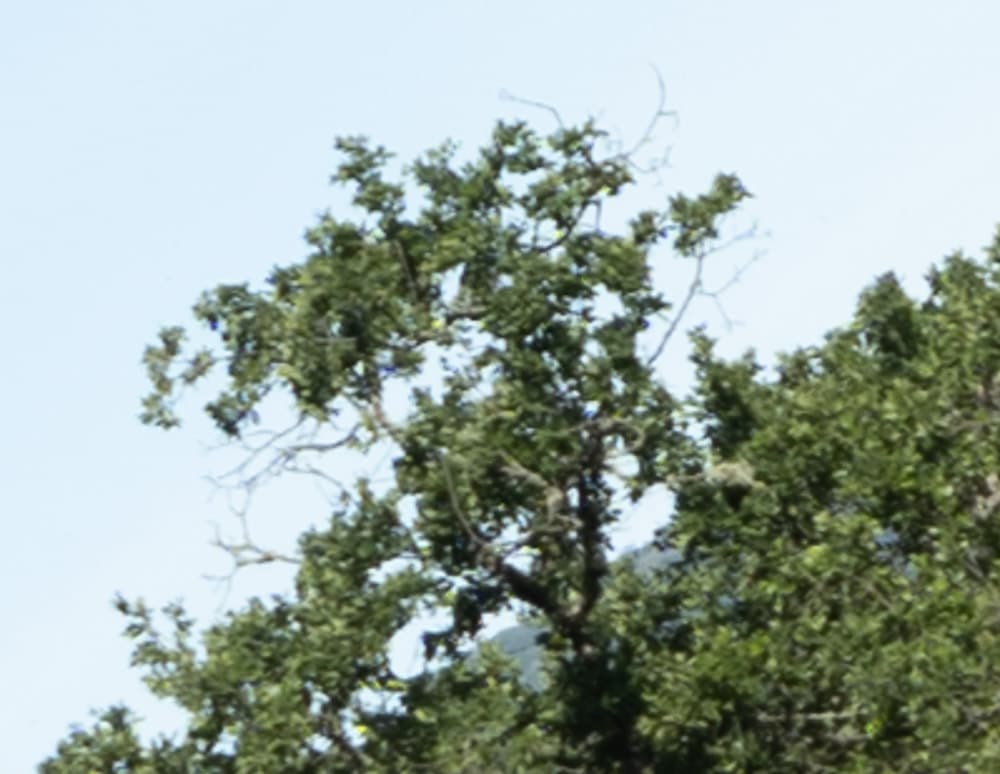
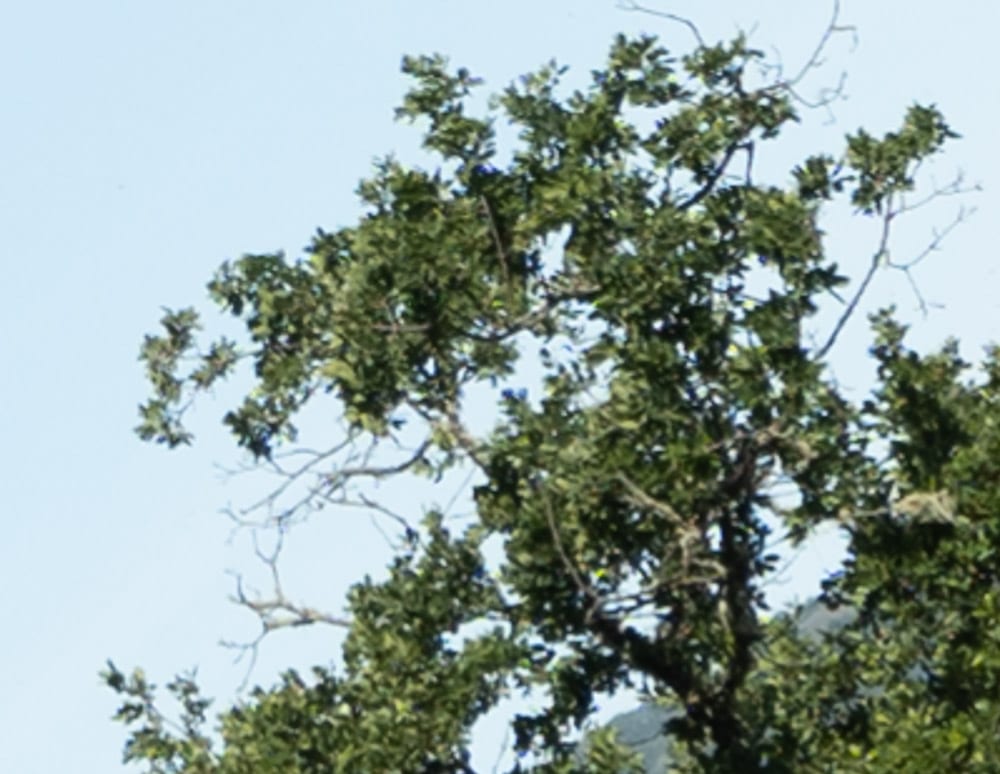
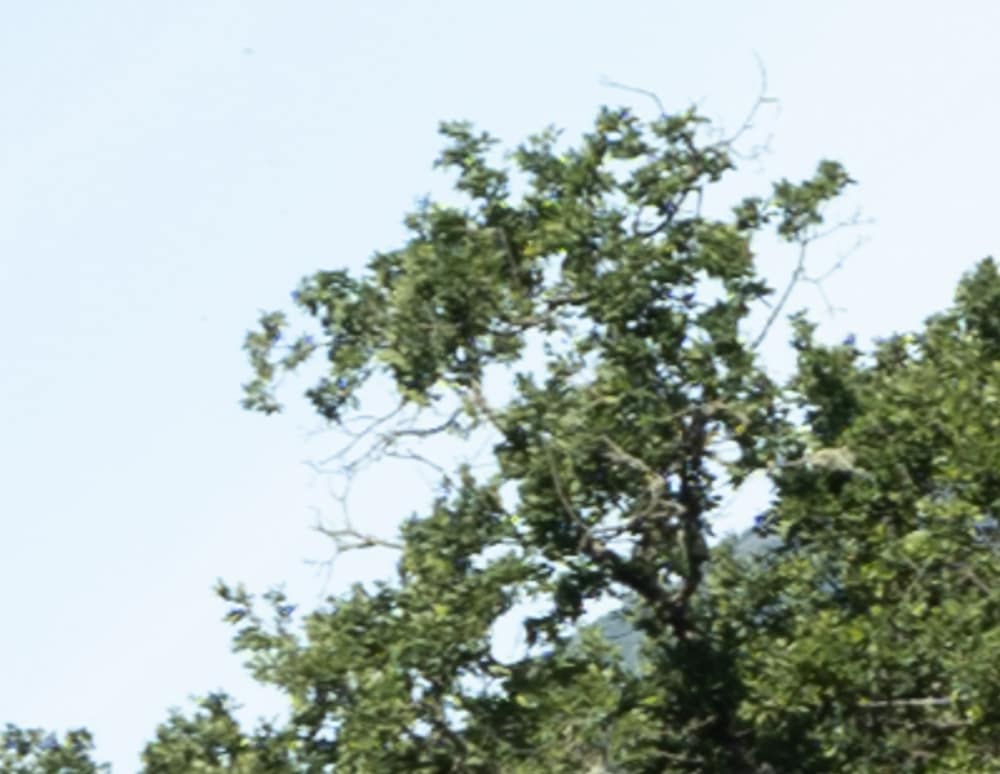
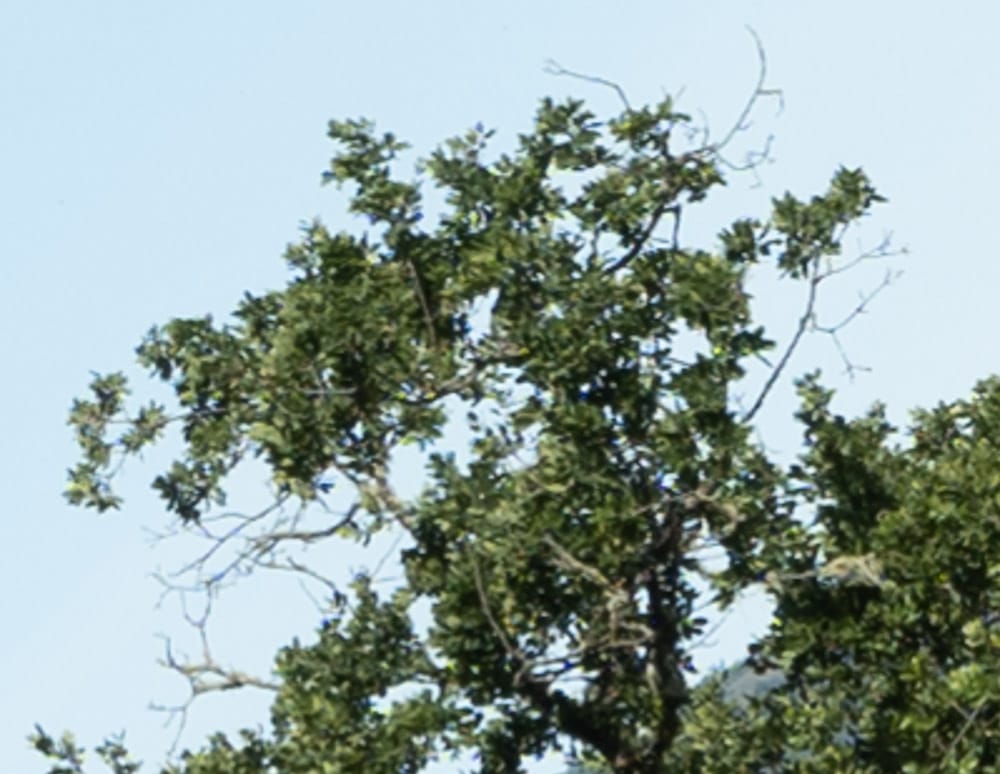
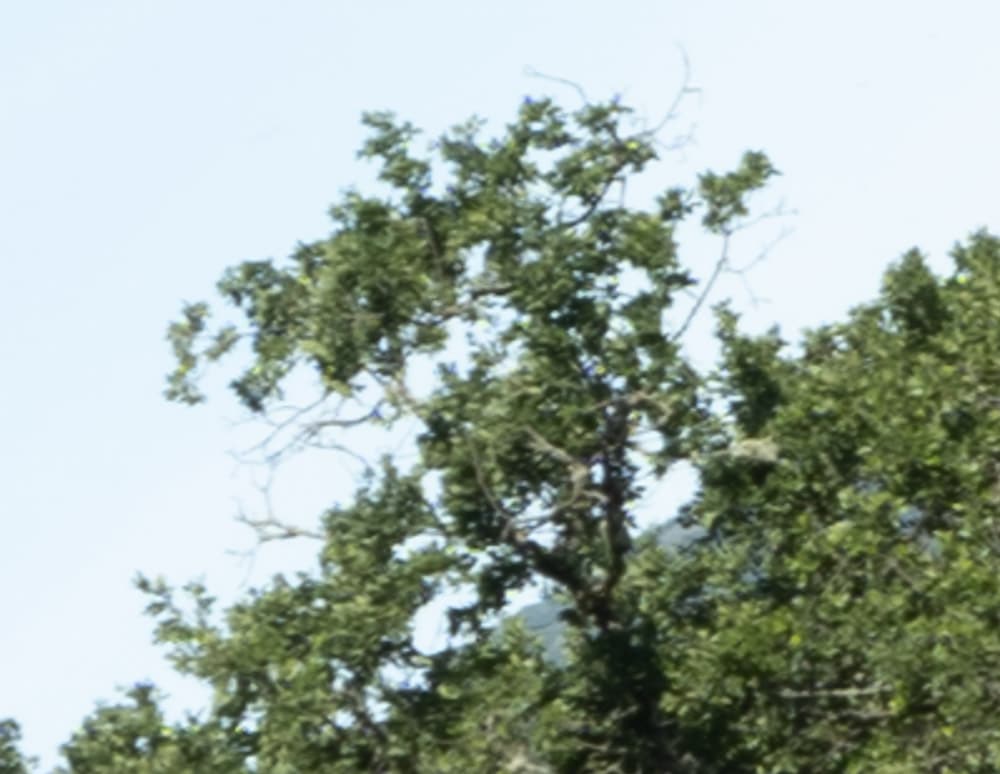
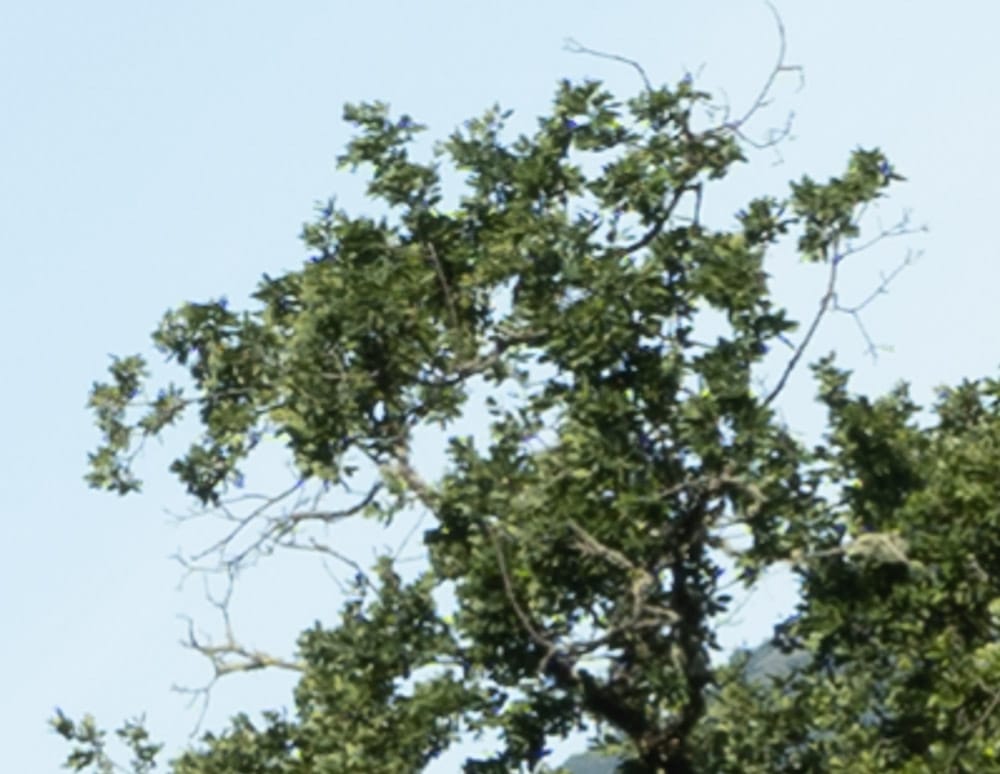
Those are all quite sharp, but at f/4 they’re not quite as sharp as when you stop down a stop or two.
In the lower left corner:
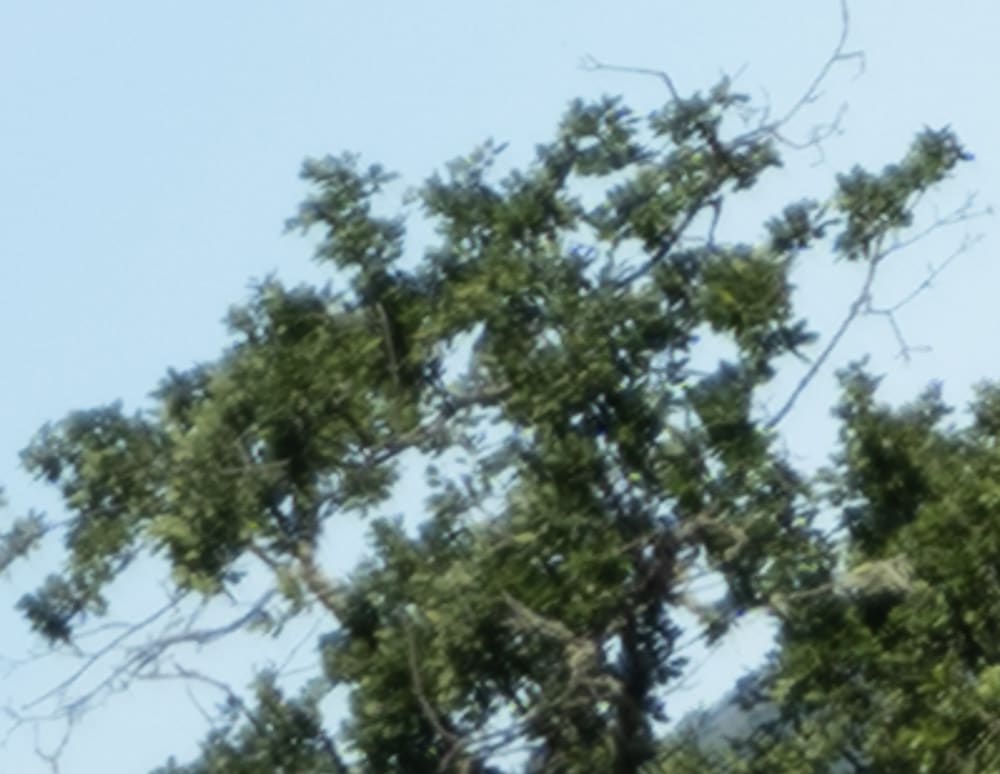
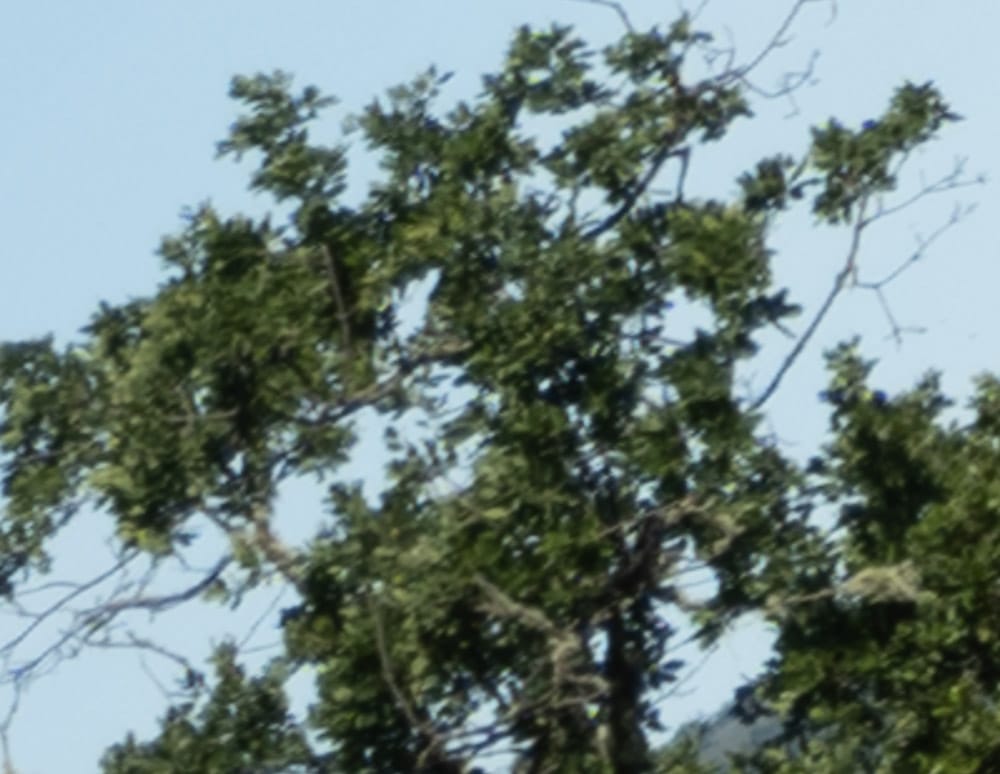
I don’t see much difference in sharpness here.
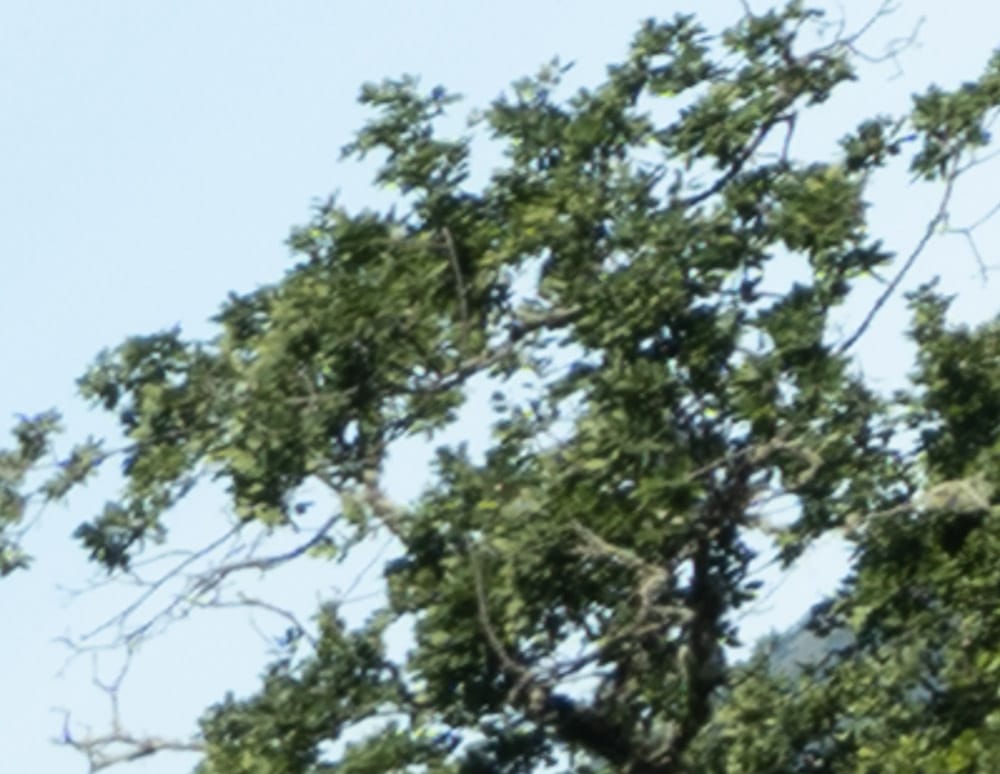
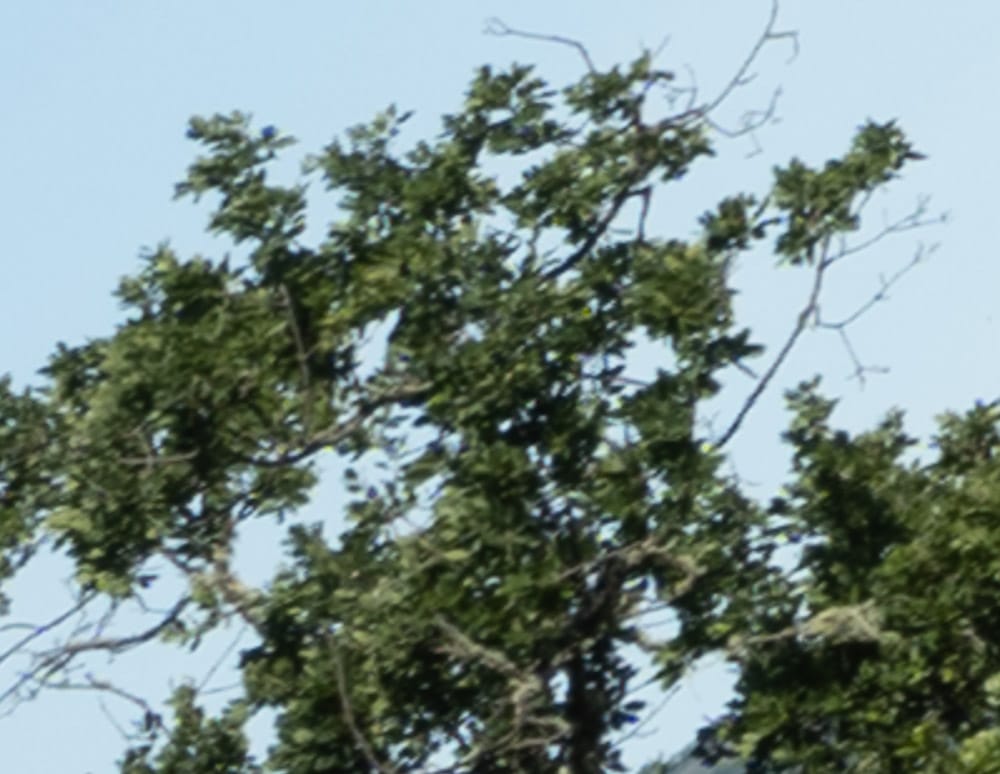
It’s interesting that the corner images are about the same size even though the focal lengths are quite different. That’s because they are both rectilinear lenses. If pressed, I’d give the nod to the 23 in the above pair of images, but there’s really not much difference.
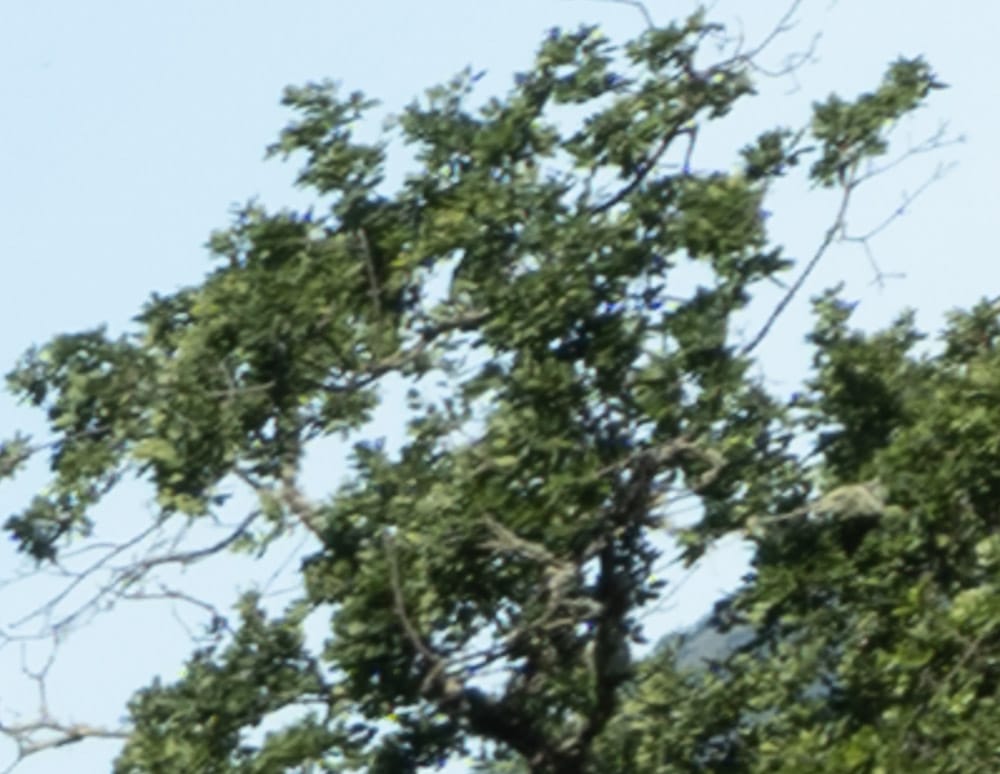
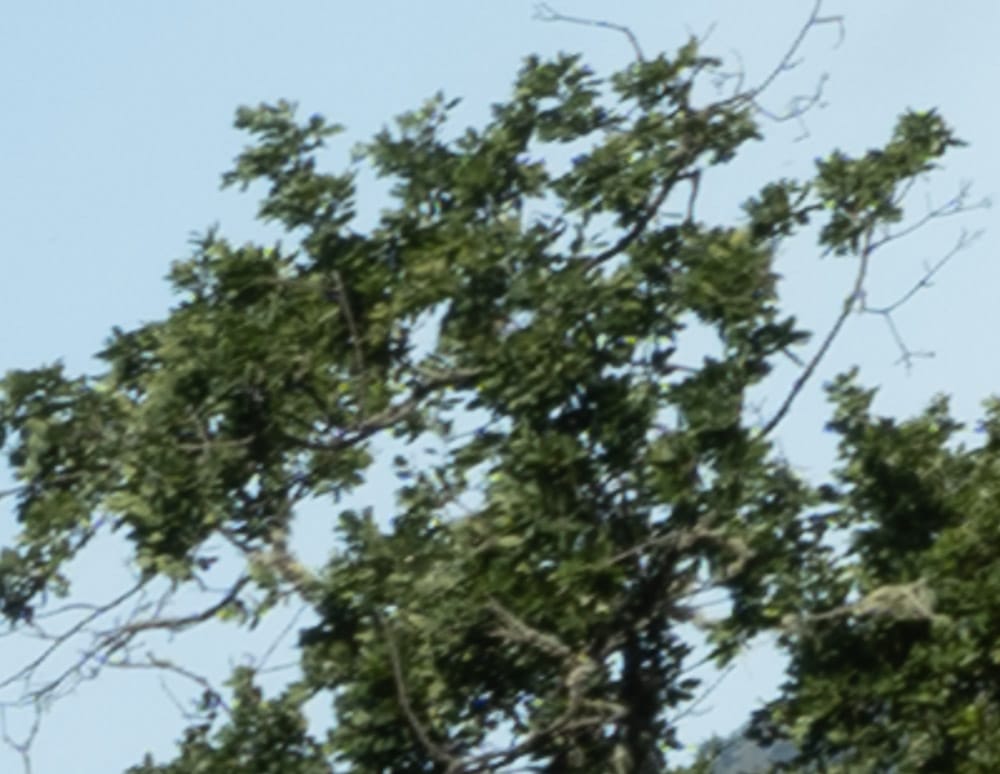
Now the 30 looks a hair better.
Both of these lenses will do a fine job for aerials or distant landscapes.
Well Jim, you are looking at the original files and I’m looking via the web on my 2020 5K Mac. But on the center shots @ f4, 5.6, & 8 the 30mm looks a bit better to me. I agree on the corner analysis.
Maybe so. The 30 mm images have a smaller FOV, so that make judging sharpness harder than if the FOV were the same.
If you just compare the images, then the 30mm in the center looks clearly better.
The different magnification makes it hard to sort that out. The 30 is certainly better in object space, but is it better in image space?
Yes, of course it will not show the same width as 23mm, however 30 is very sharp and also very light, making it a great addition to the exellent 45-100.